Convenience stores are the most used format for top-up shopping, according to the IGD, which has also revealed that the convenience sector will remain the third fastest-growing grocery sector behind online and discounters, and is forecast to grow by 17% to £44.1bn over the next five years.
The forecourt share of the UK convenience retailing market is currently 10.9% of the market at £4.096m, showing a growth of 0.1% in the past year.
The IGD’s ShopperVista research shows that 60% of shoppers visit convenience for their top-up shopping because their network is widespread, making them easily accessible for most people.
However, competition to capture total top-up spend is intensifying, as shoppers now visit a number of different types of store to meet their top-up shopping requirements. As well as convenience stores, some 42% of shoppers now also use supermarkets for top-ups, as well as 31% who visit food discounters and 22% who use high street discounters.
The convenience channel is ahead for staple top-up items such as bread, milk and eggs:
• 50% of shoppers use c-stores for topping up on staples
• 32% use supermarkets
• 18% use food discounters
However, when it comes to topping up on fresh foods such as meat, fish, fruit and vegetables, the supermarket is the most used channel. Some 29% of shoppers use supermarkets for a top-up shop on fresh foods, against 18% who use convenience stores and 18% who visit food discounters. Other channels used for fresh food top-ups include specialist stores such as greengrocers and butchers, farmers’ markets, high street discounters and hypermarkets.
Joanne Denney-Finch, IGD chief executive, says: “Convenience stores are the natural home of capturing the top-up pound, but they face stiff competition as other store formats have also homed in on the growing opportunity.
“The definition of top-up shopping itself is changing. It’s no longer simply about distress purchases such as bread and milk – shoppers are telling us that it’s starting to mean more items in a basket, more fresh food and more time spent in the store. Four out of 10 (41% of) shoppers say they are putting more items in their top-up shopping basket, against just 11% who are putting less in compared to two to three years ago.
“This type of top-up shop can be more challenging for convenience stores to fulfil, especially when other channels are increasingly targeting the ‘little and often’ spend. For example, supermarkets are rearranging their layouts to deliver an easier, convenience-style shop for people who just want to pop in for a few items. Meanwhile, food discounters have also been opening in high street locations, side by side with convenience operators.”
Three key areas that shoppers tell IGD they would like to see convenience stores develop, to help their top-up experience, include:
• Gaining a clearer understanding of how top-up shops are conducted, to help shoppers save time
• Achieving the right balance between price and quality and adding value beyond price; for example, by demonstrating commitment to the community or by supporting local producers
• Making the most of merchandising tactics such as gondola ends, dual siting and in-store events to generate excitement and engagement with shoppers
Joanne Denney-Finch adds: “Delivering excellent value for money and creating excitement in-store through stand-out events and merchandising is a great way for the convenience channel to ensure it grows and continues to capture the top-up pound. To do this requires a deeper understanding of top-up shoppers and their needs on ranging, pricing and missions. Those operators who work towards this goal will be best placed to unlock growth in this channel.”





















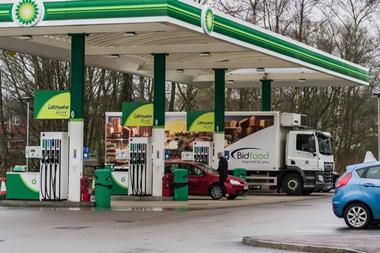
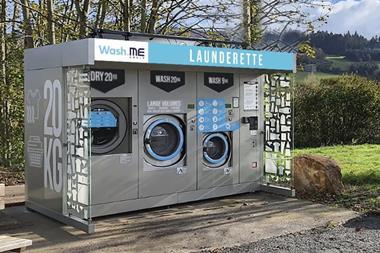
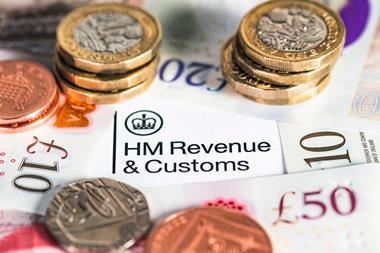
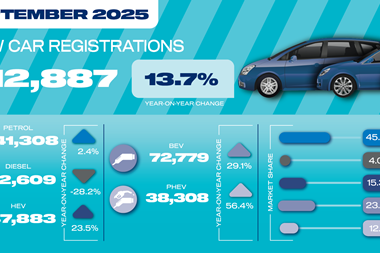
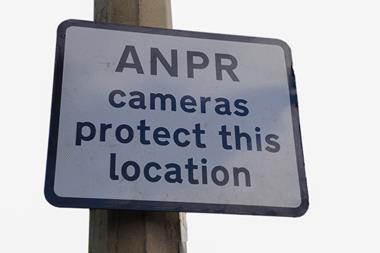
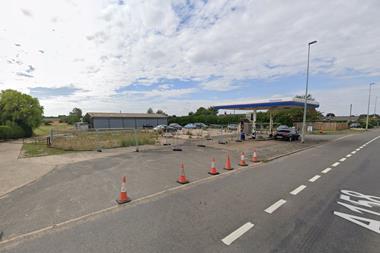
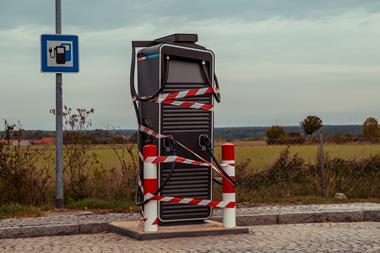

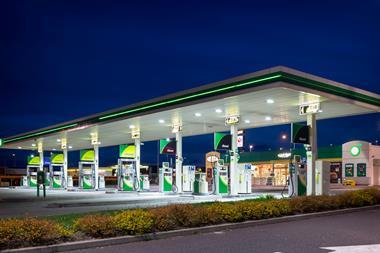
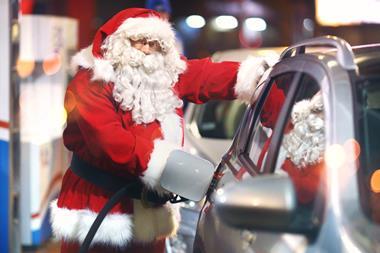

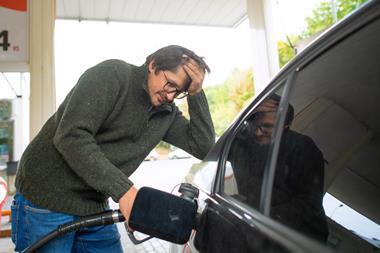
No comments yet